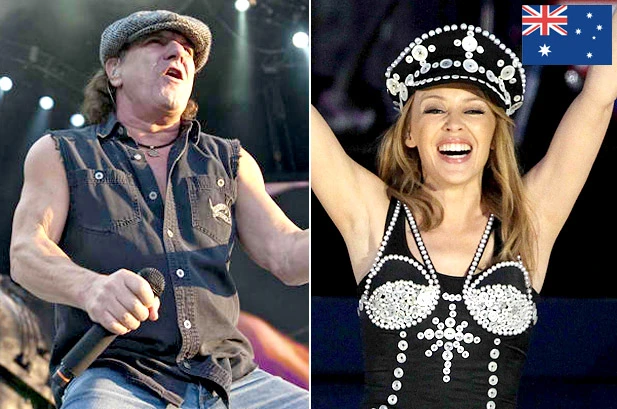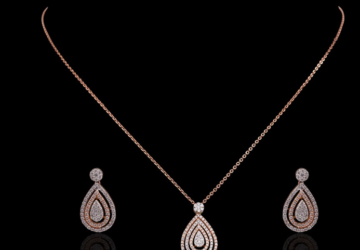With over seven million square kilometres of glittering terrain to discover, Australia has no shortage of artistic inspiration. Many of you will be happy to know that you can buy Australian art online. Most artistic creations have underpinnings of post-Impressionist times concerning abstract explorations in the form of hues of the terrain. This article lists the names of artists who have helped establish the Australian art scene.
1. Sidney Nolan
Nolan (1917-1992) was born and raised in Depression-era Melbourne and became one of Australia’s most productive and acclaimed 20th-century artists. His portrayals of Ned Kelly and his band of bushrangers solidified Kelly’s stature in Australian mythology and Nolan’s exalted position in the national art scene.
2. Grace Cossington Smith
Smith (1892-1984) was a true trailblazer. Her 1915 picture, The Sock Knitter, is Australia’s earliest Modernist piece, paving the way for the country’s reaction to European Post-Impressionism. Cossington Smith’s richly coloured paintings concentrated on familiar settings: ordinary Sydney in the 20th century, with many sparkling depictions of household life.
3. Brett Whiteley
The impact of Vincent van Gogh on Brett Whiteley’s (1939-1992) works is clear, as is the influence of narcotics, drinking, and the Vietnam War. Whiteley’s passionate, abstract manner was his trademark before he died of a heroin accident at 53. Today, you can discover more about Whiteley’s lifestyle and career at his old studio.
4. Margaret Preston
Margaret Preston (1875-1963), dubbed “the natural adversary of the dull,” was a pioneering artist. Preston, who was conceived in Adelaide and educated in Munich, Paris, and London during the periods of European Modernist architecture and French Post-Impressionism, was as well known for her personality as well as her art. She wrote widely as a cultural panellist, promoting indigenous and women ‘s privileges before most of her peers.
5. Albert Namatjira
Namatjira (1902-1959), an Arrernte from the Northern Territory’s MacDonnell Ranges, is Australia’s most renowned Indigenous painter. His Western-style paintings of the old Australian outback presented Aboriginal artwork to the white population for the first time. He was also the first Indigenous individual to be awarded Australian citizenship in 1957. After reflecting on his work, you will fall in love with aboriginal paintings and desire to buy Australian art.
6. Fiona Hall
Hall (1953-) transforms everyday objects into works of art to investigate the relationship between the environment and civilisation. Literature and environment are recurring topics in her work. In the 1990s, Hall’s early emphasis on painting and photography evolved into sculpture, sculpture, moving pictures, and garden design, with fellowships at all of Australia’s leading museums and representation at the 2015 Venice Biennale.
7. David Noonan
Noonan (1969-) was raised in Ballarat and now lives in London. He uses images obtained in books and periodicals to create screen printing on linen, making stories out of this eclectic discovered material. His monochromatic prints evoke the golden period of cinema and have been shown in Los Angeles, London, France, and all of Australia’s best galleries.
8. John Olsen
John Olsen (1928-), a 90-year-old living legend, is the most recognised Australian artist. After spending several decades travelling across Europe, Olsen went to Australia in the 1960s to create a series of colourful, energetic, experimental depictions of the Australian landscape. This technique has come to characterise Olsen’s renowned seven-decade career.
In Conclusion
Australia is a continent, a nation, and a diverse collection of individuals and cultures. As a result, the Australian people have produced a vast body of diverse art styles across millennia, not just years.








